Art History
‘Mob Wife’ Style Is All the Rage—These Glitzy, Glamorous Women From Art History Defined the Look
Artists from Artemisia Gentileschi to John Singer Sargent have captured the high drama, excessive opulence of the mob wife aesthetic.
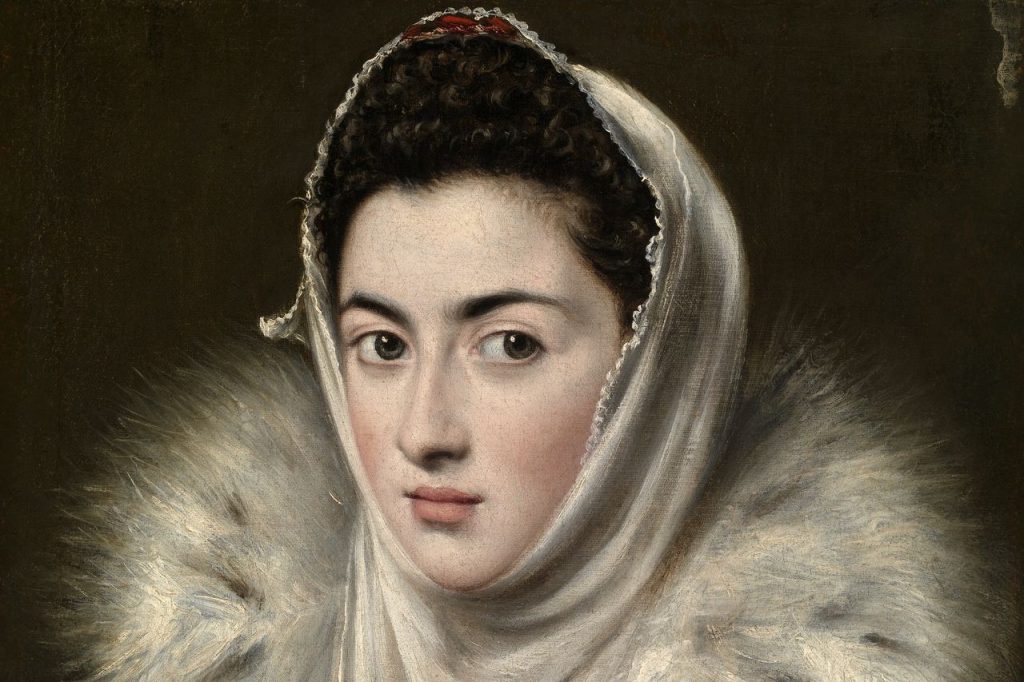
Artists from Artemisia Gentileschi to John Singer Sargent have captured the high drama, excessive opulence of the mob wife aesthetic.

Katie White

“Imagine having your portrait in some museum like this,” muses Carmela Soprano, standing in a gallery of the Brooklyn Museum, in the opening scenes of “Amor Fou”, episode 12 of season three of HBO’s The Sopranos. The camera zooms in on Edie Falco as Carmela—the always polished, but long-suffering wife of mob boss Tony Soprano—and hovers over her luxurious attire, a hulking bejeweled ring, a designer handbag, and stylish black heels.
“She’s just the wife of some rich merchant, Mom,” Meadow, her daughter, responds with a certain exhaustion. “That’s how Rubens made his money.”
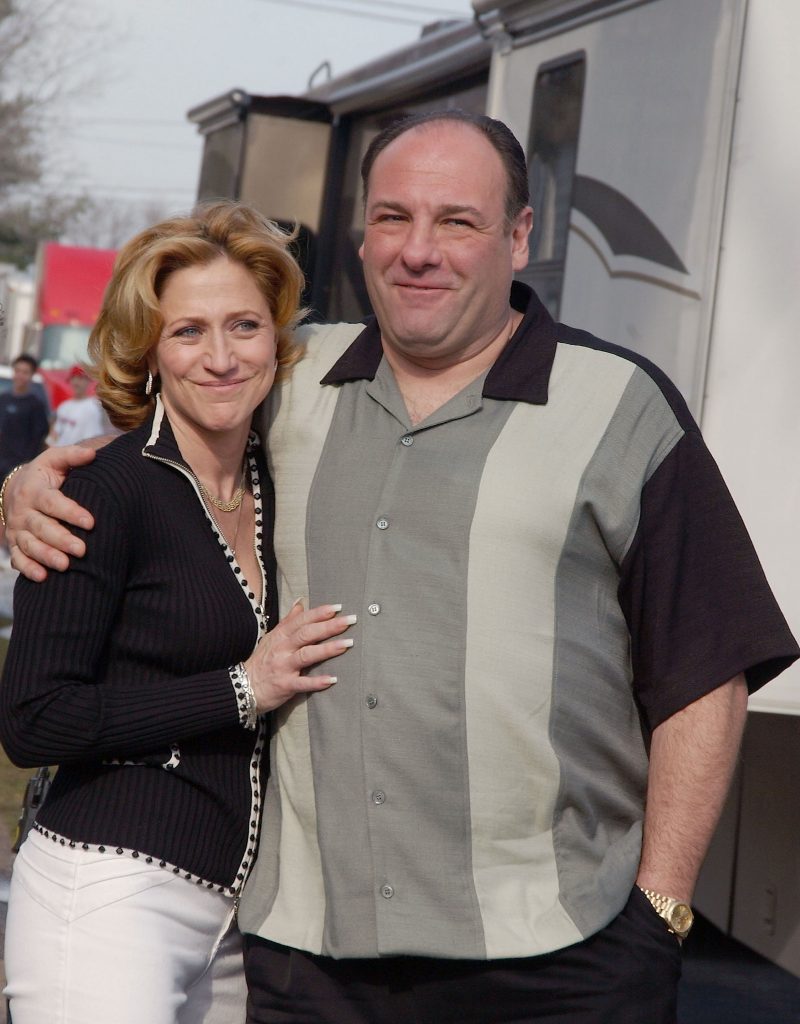
Actor James Gandolfini and actress Edie Falco, who played Tony and Carmela Soprano, on site in Bloomfield, New Jersey. (Photo by Arnaldo Magnani/Getty Images)
The mother and daughter then stand and gaze at the portrait by Peter Paul Rubens of a decadently made-up woman. We might think of her as another version of Carmela, one from centuries ago. In real life the painting that they admire is not a merchant’s wife, but Rubens’s first wife, Isabella Brandt. It was painted soon after her death in 1626. Similarly, the real painting hangs in the Uffizi in Florence, not the Brooklyn Museum. Those creative licenses aside, the symbolism of the sitter’s opulent attire remains the unchanged point. The woman’s shimmering black gown and strands of pearls speak to her wealth—and in turn, her power—much like Carmela’s. The scene is a poignant vignette that hints at the intersectional and enduring links between the visual arts, fashion, and money.
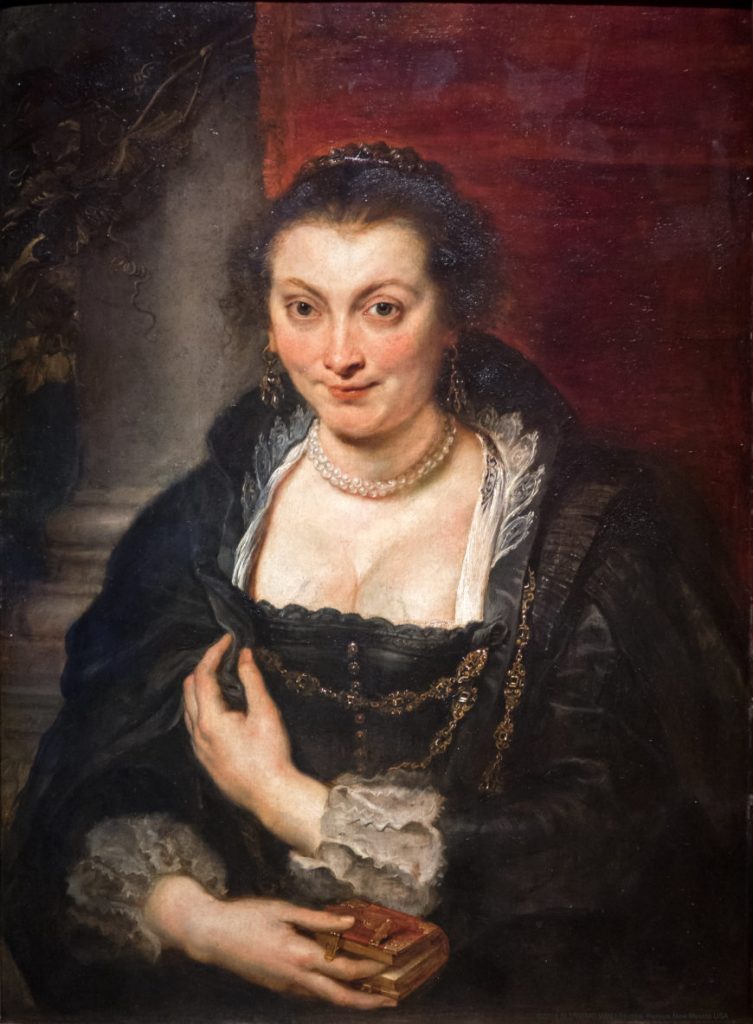
Peter Paul Rubens, Posthumous Portrait of Isabella Brant (1626). Collection of the Uffizi, Florence.
This year marks the 25th anniversary of The Sopranos‘ debut, a show widely considered a masterpiece of television, which introduced the wider world to the glitzy, but gritty glamor of the East Coast Italian mafia. The anniversary coincides with the ascendence of “mob wife” style, a luxurious, overstated aesthetic that fashion magazines and TikTok users have been celebrating. On the surface, the mob wife aesthetic is the antithesis of the stealth-wealth style made famous by another TV show Succession, with mob wife adherents favoring furs, jewels, rogues, and leopard prints over the understated expense of Loro Piana. Some describe the mob wife trend as an old-money New York look with an edgy twist and amped-up sensuality, while others trace the look to the crime-laden cinema of the 1970s and ’80s. But, as this The Sopranos episode suggests, the true roots of the mob wife style go back centuries in Europe, immortalized in countless portraits of wealthy women.
“You certainly talk the talk, little miss art history,” Carmela says to Meadow as they wander the museum—a quip that inspired us to look back through art history oursvles and share some of our favorite portraits that embody that undeniably dazzling, but a touch dangerous mob wife style.
See the paintings inspiring our Winter 2024 ‘Mob Wife’ wardrobe.
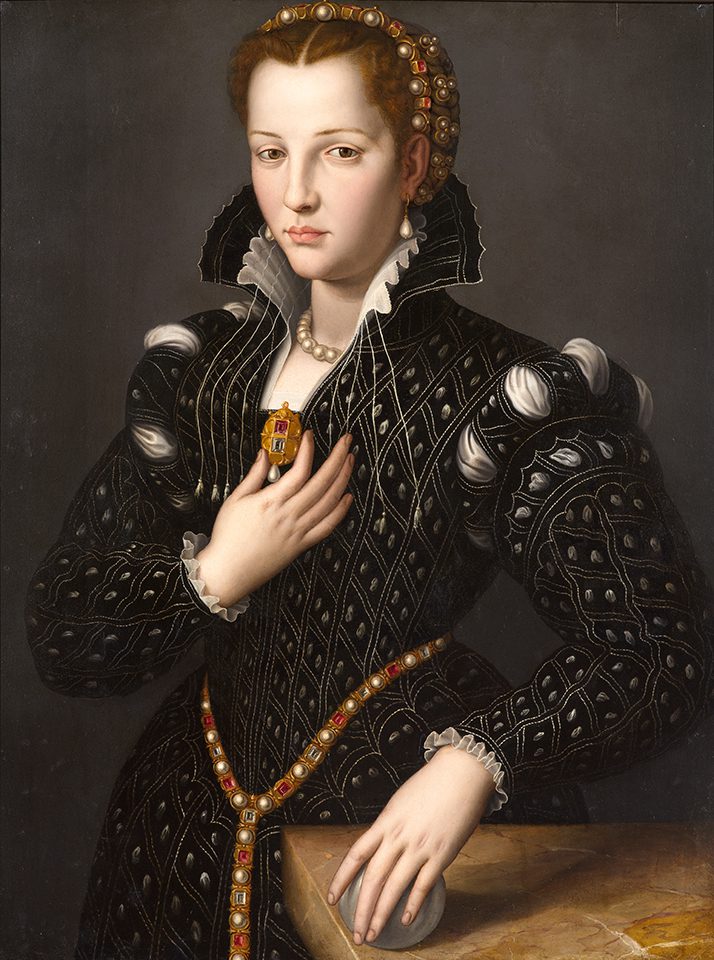
Alessandro Allori, Lucrezia de’ Medici (1560). Collection of the North Carolina Museum of Art.
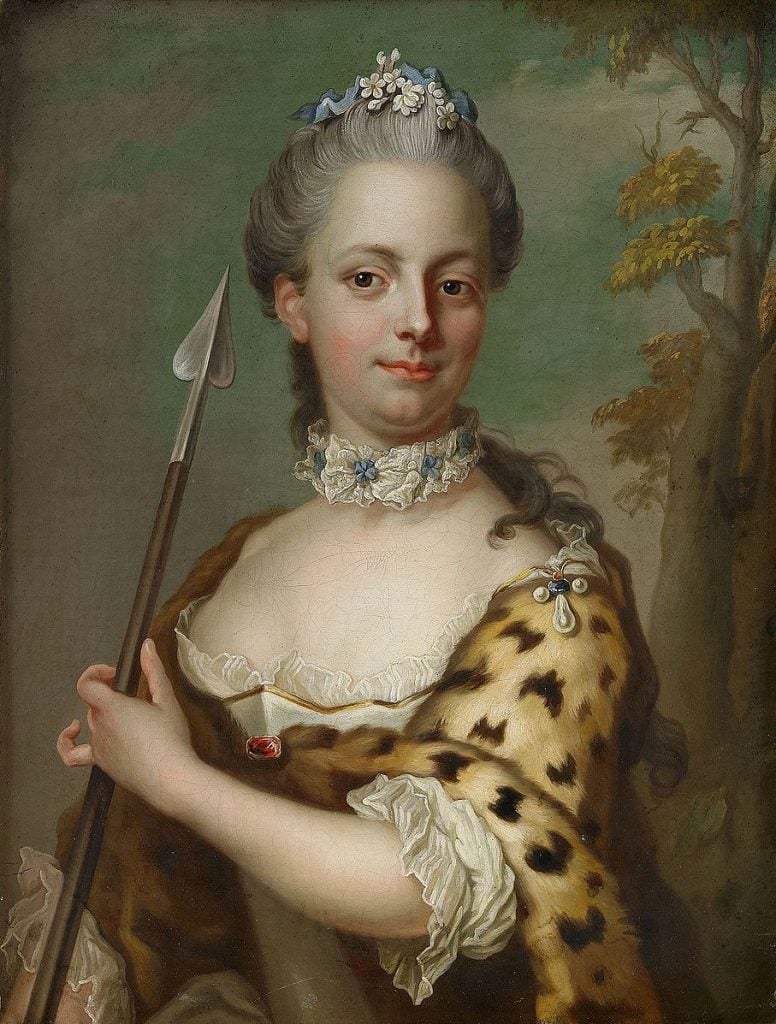
Jakob Björck, Portrait of Charlotte Du Rietz af Hedensberg (1727).
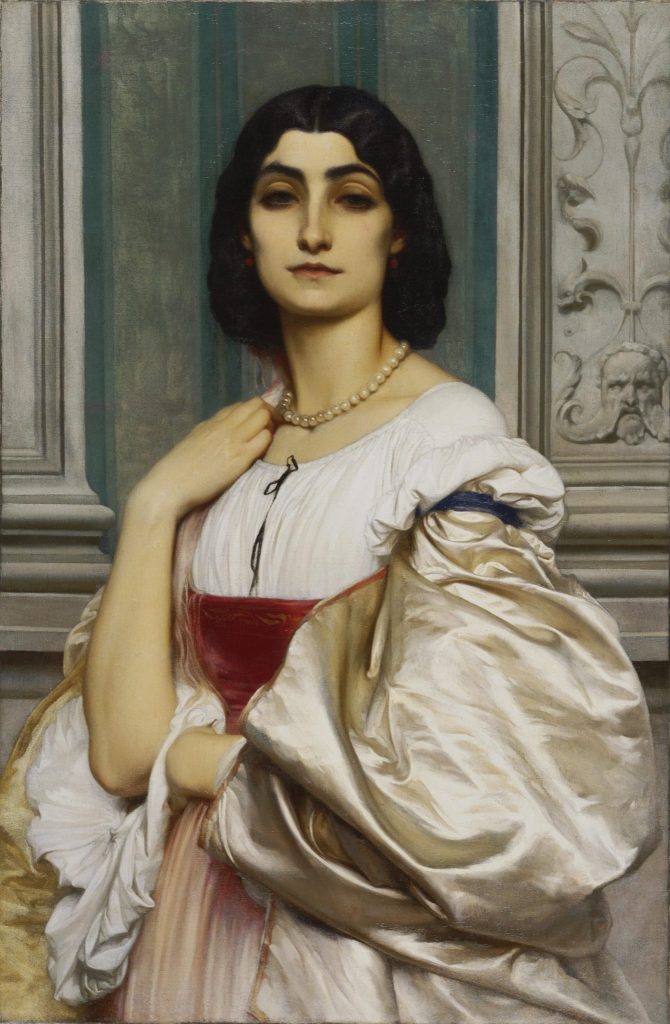
Sir Frederic Leighton, Portrait of a Roman Lady (La Nanna) (1859). Collection of the Philadelphia Museum of Art.
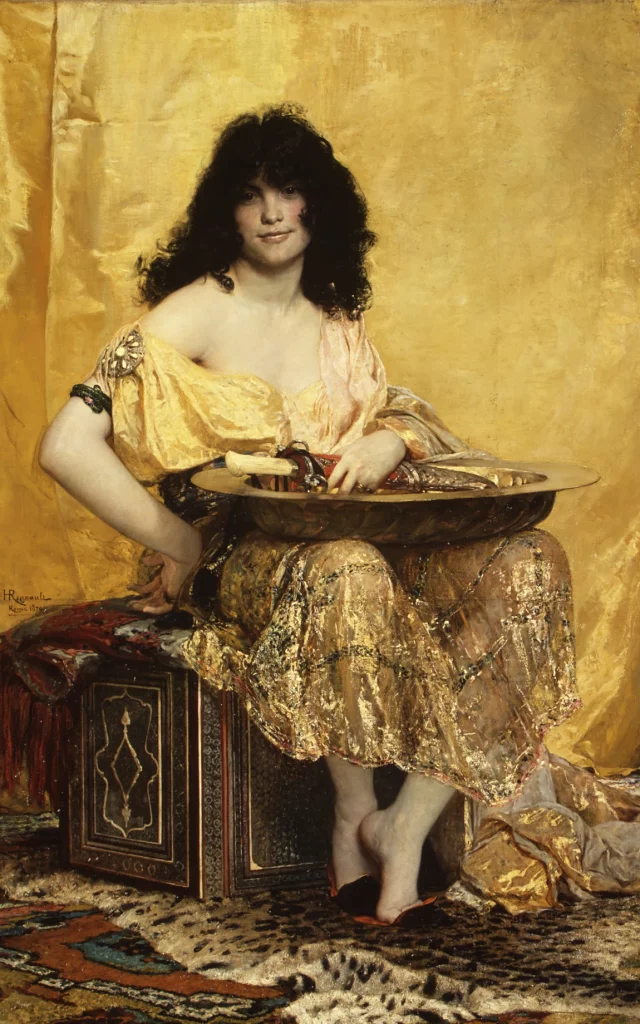
Henri Regnault, Salome (1870). Collection of the Metropolitan Museum of Art.
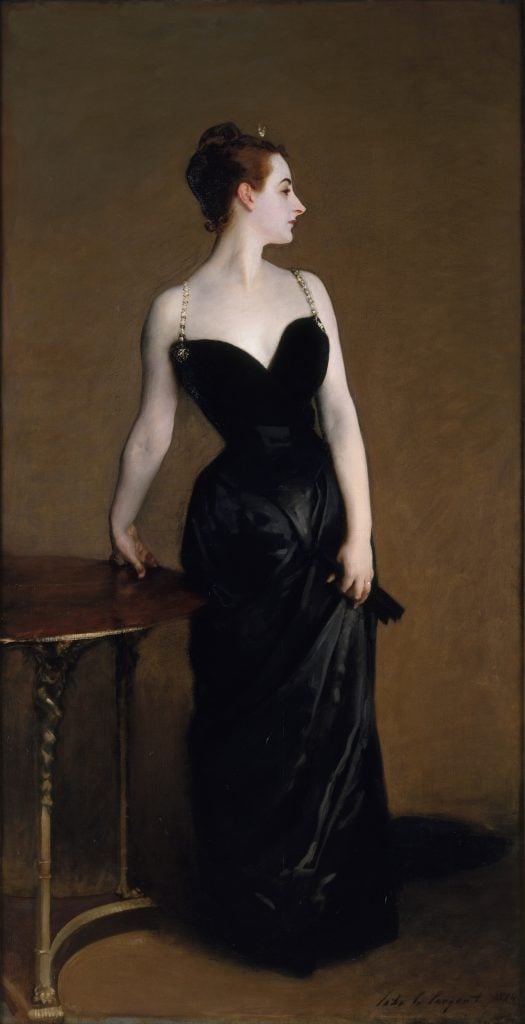
John Singer Sargent, Madame X (Madame Pierre Gautreau) (1883–84). Collection of the Metropolitan Museum of Art.
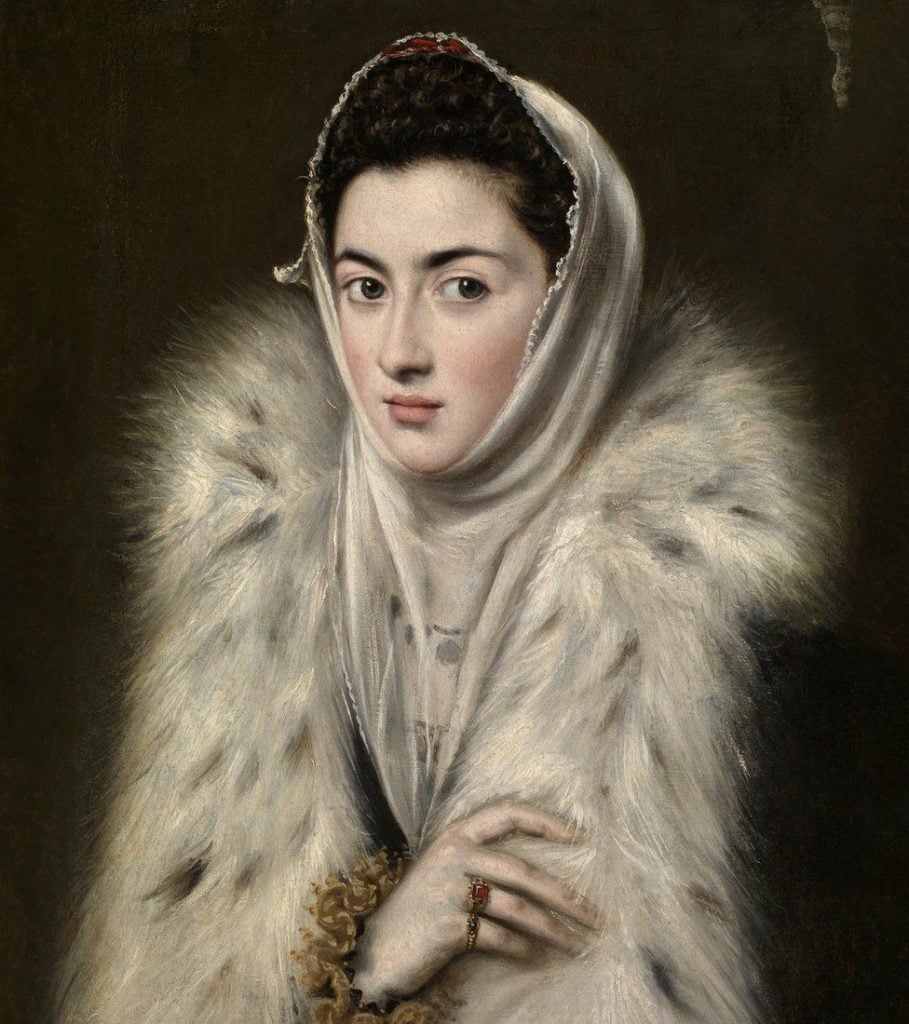
Alonso Sánchez Coello, Lady in a Fur Wrap (1577–1579). Collection of Pollok House, Glasgow.
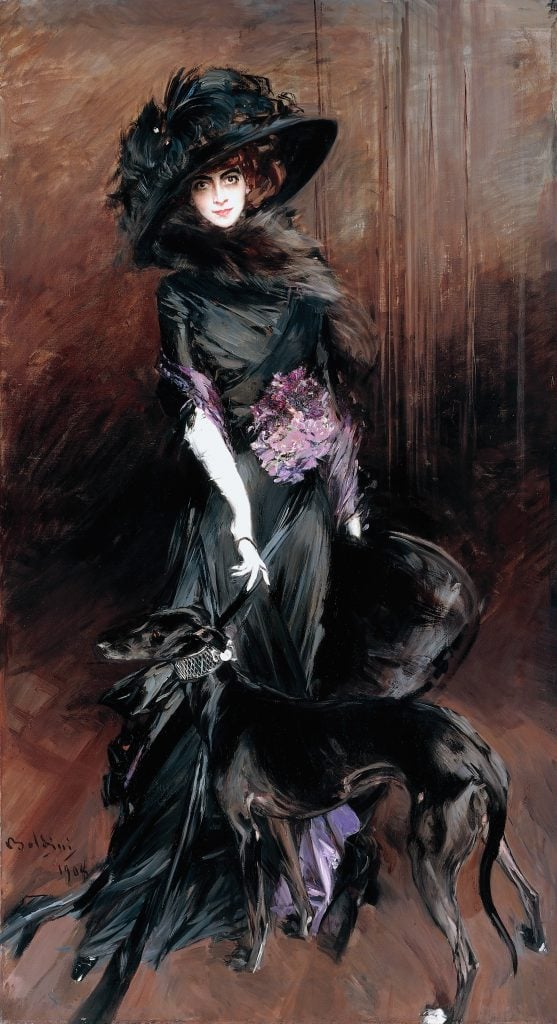
Giovanni Boldini, Marchesa Luisa Casati, with a greyhound (1908).
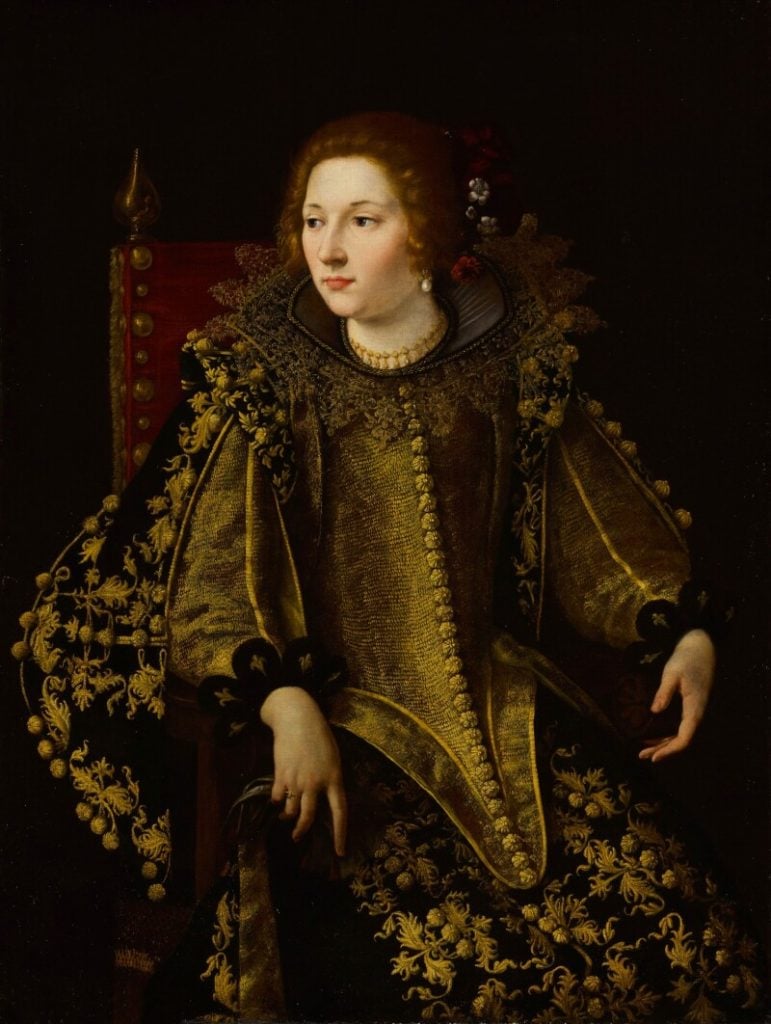
Artemisia Gentileschi, Portrait of a seated lady, three-quarter length, in an elaborate and gold-embroidered costume, possibly Caterina Savelli, Principessa di Albano. Courtesy of Sotheby’s.
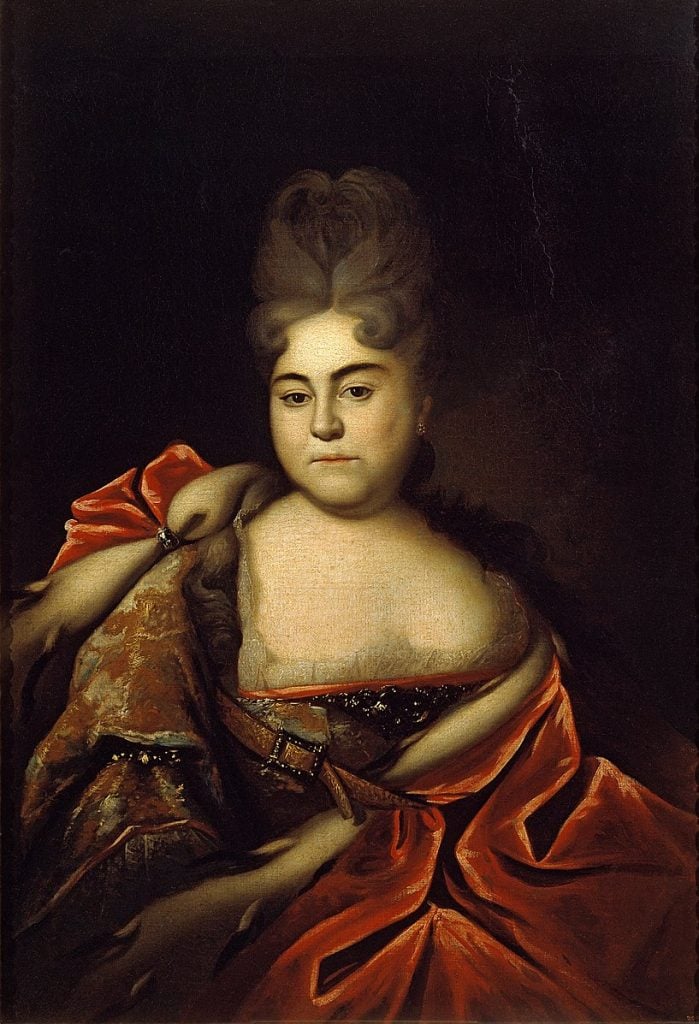
Ivan Nikitin, Portrait of Tsarevna Natalya Alekseevna (before 1716).
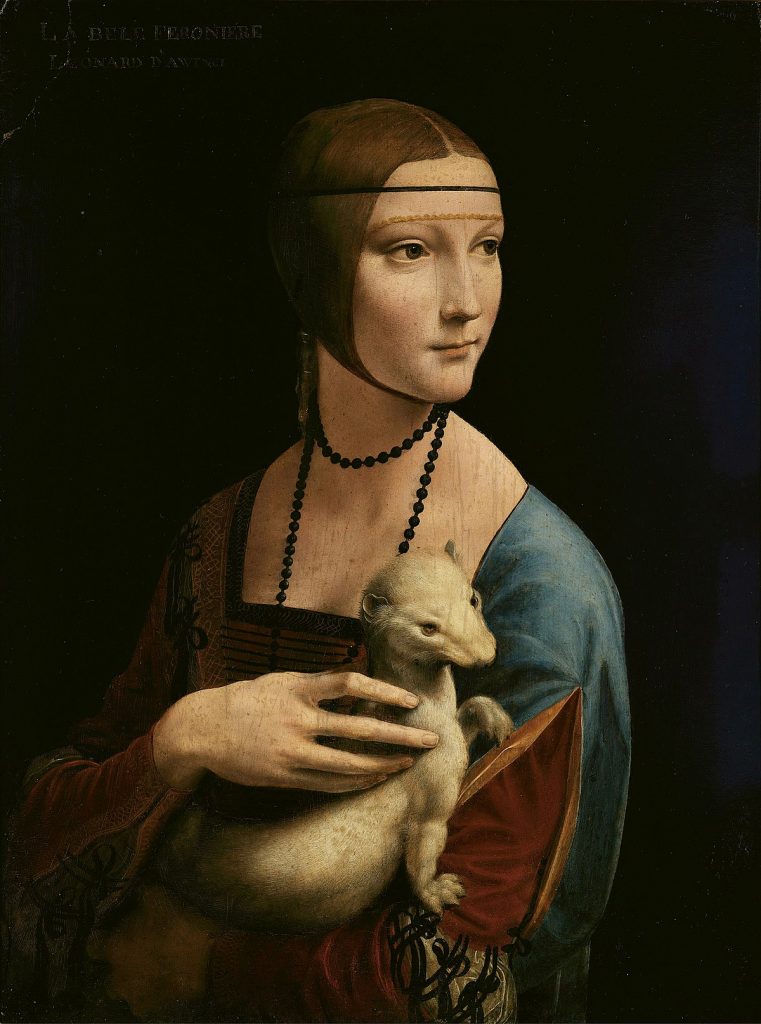
Leonardo de Vinci, Lady with an Ermine (1489–1491). Collection of the Czartoryski Museum, Krakow.
More Trending Stories:
Art Dealers Christina and Emmanuel Di Donna on Their Special Holiday Rituals
Stefanie Heinze Paints Richly Ambiguous Worlds. Collectors Are Obsessed
Inspector Schachter Uncovers Allegations Regarding the Latest Art World Scandal—And It’s a Doozy
Archaeologists Call Foul on the Purported Discovery of a 27,000-Year-Old Pyramid
The Sprawling Legal Dispute Between Yves Bouvier and Dmitry Rybolovlev Is Finally Over